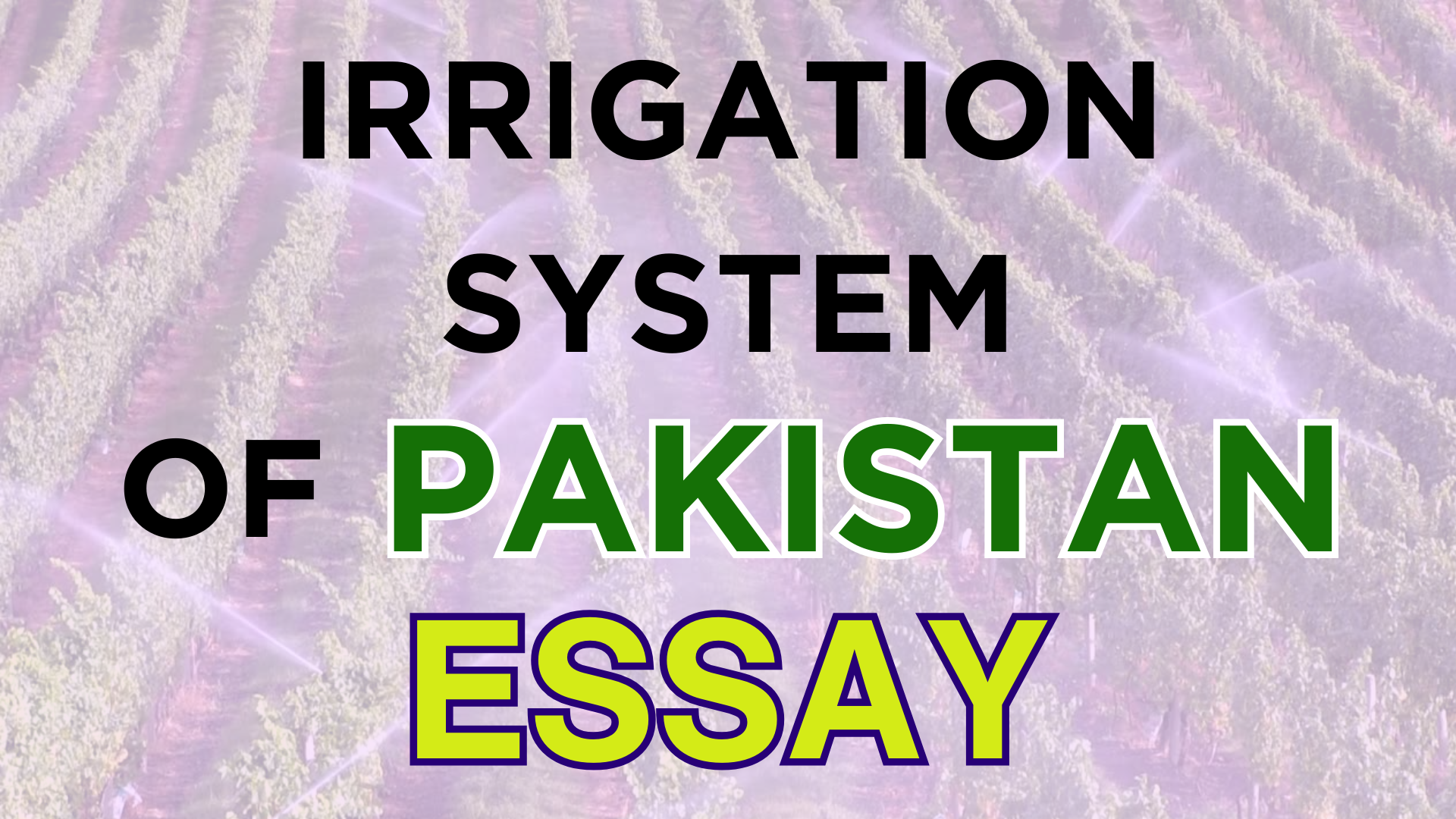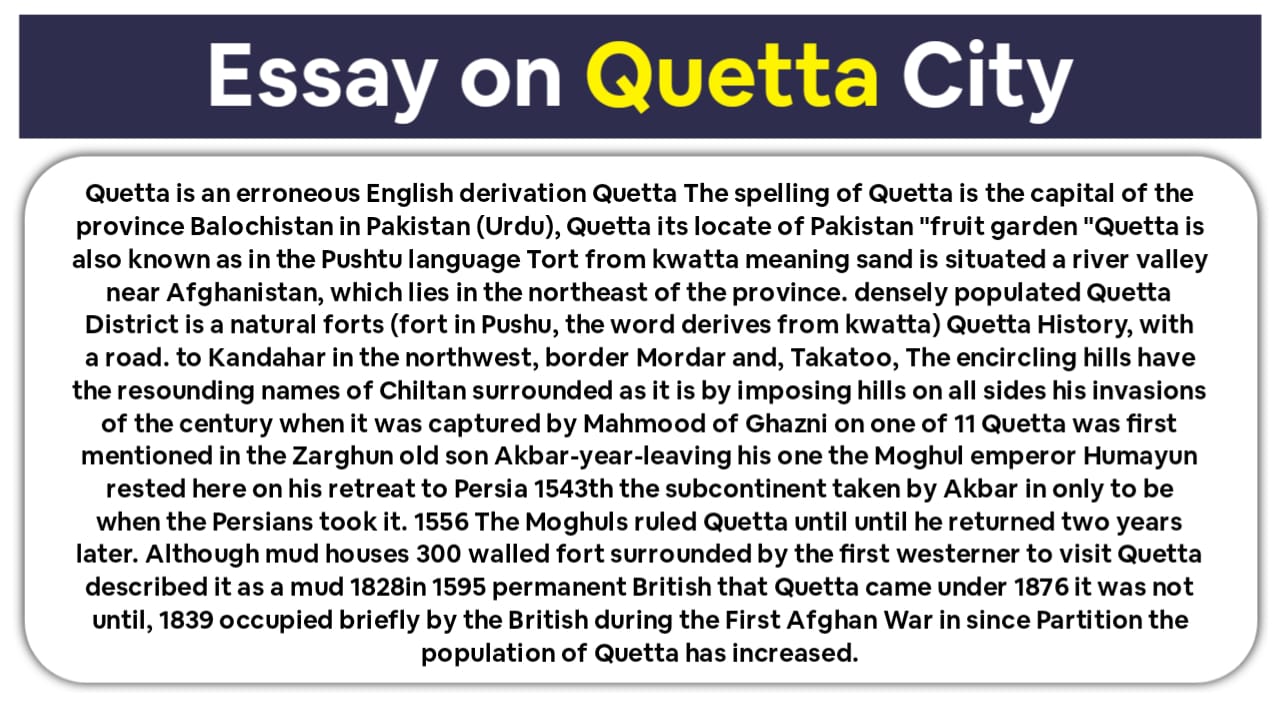Essay on Irrigation and Canal Irrigation System Of Pakistan 2024

Irrigation System of Pakistan
In Pakistan, out of total under-cultivation land, the share of irrigated land is quite larger than that of the rain-fed land. Its basic reason is the low annual rainfall in our country. This shortage is overcome by irrigation system. Pakistan’s irrigation system can be divided into two types: canal irrigation system, and traditional irrigation system. Their details are given below:
Canal Irrigation System
Pakistan has the best irrigation system in the world. Allah Almighty has gifted Pakistan with several rivers. In 1960, a treaty was signed between Pakistan and India on the use of river water, which is known as Indus Water Treaty. Under this treaty, Pakistan got the rights of the three western rivers in the Indus River System, i.e., Indus, Jhelum and Chenab, whereas India got the rights of the three eastern rivers, i.e., Ravi, Sutlej and Bias. Pakistan constructed two dams (Terbela and Mangla), five barrages and eight link canals. Pakistan also has some other dams. Canals are the biggest means of irrigation in Pakistan. These originate from barrages and headworks where water level is raised to feed these canals and then supplied to the surrounding lands.
The following two types of canals are used for irrigation in Pakistan:
Perennial Canals
These are the permanent canals which provide water for irrigation throughout the year. The important perennial canals of Pakistan are the Upper and Lower Jhelum Canals, Upper and Lower Chenab Canals, Upper and Lower Bari Canals, etc.
Inundation Canals
These are not permanent canals but supply water only during flood season, i.e., rainy season.
Traditional Irrigation System
The traditional irrigation system in Pakistan includes tube wells, dug wells, hill torrents, Karez and springs. In areas where groundwater is very deep, tube wells are being installed and their number is increasing day by day. In areas where water level is not too deep, dug wells and Persian wheels are being used for drawing out water. However, due to some reasons the Persian wheels are gradually becoming obsolete and being replaced by electric or diesel motors. In hilly areas, dikes are built to divert the flood water of hill torrents towards agricultural fields. This system is called “Inundation Canal System (Rod Kohi)”. In many parts of Balochistan Plateau, there is a system of underground water canal channels, known as Karez System. This system is found in the districts of Quetta, Pishin, Zhob etc. At certain places in the country, natural springs are also used for irrigation.
Problems of Canal System
The canal system of Pakistan is facing the following problems: Canal water gets absorbed in the soil and as a result the level of underground water rises close to the surface of the land. This state is known as water logging. It makes the land wet and turns it into uncultivable. While rising to the earth’s surface, the underground water dissolves the salt found in the soil. At surface, the water evaporates but the salt deposit stays. This problem is known as salinity, which makes the land infertile.
In Pakistan, most of the canals are unpaved. Therefore, a huge amount of the water flowing through them is absorbed and wasted. Thus, it reduces the quantity of water for irrigation.
Another major problem in our canal system is the limited storage capacity for river water. During rainy season, our rivers get plenty of water but, because of the shortage of dams, the water flowing down falls into the sea and thus wasted. Therefore, enhancing the storage capacity of existing dams and the construction of new dams is a dire need. This will ensure the supply of water for irrigation in dry months.
Floods destroy dikes of canals and inundate vast areas. This leads to immense destruction of crops, lives and property.
Rivers transport great quantity of sediments and deposit them in dams and canals, which takes a high cost to be desilted.
Agricultural Problems of Pakistan
The farmers of Pakistan are mostly illiterate. Thus, they are unware of the modern agricultural techniques and machinery. The production cost is more than the sale price of produces, which makes the economic condition of the farmers quite miserable.
In Pakistan, rained agriculture is limited because of low rainfall. Due to poor quality of seeds and fertilizer, per acre yield is very less.
Due to the shortage of dams, a large amount of flood water eventually falls into sea, which otherwise could be stored and used for irrigation. Lack of research in agriculture sector hinders to grow appropriate crops on suitable lands.
Water logging and salinity are big issues in canal irrigated areas, which make the land infertile.
Under-cultivated land is about 29% of the total land area of Pakistan, which is proportionally very less for our population. With the help of irrigation and modern technology, 10 to 15% more land can be cultivated.




